-
 bitcoin
bitcoin $118548.520763 USD
3.67% -
 ethereum
ethereum $4352.564943 USD
4.79% -
 xrp
xrp $2.964058 USD
4.22% -
 tether
tether $1.000565 USD
0.05% -
 bnb
bnb $1028.372955 USD
1.46% -
 solana
solana $221.373507 USD
6.00% -
 usd-coin
usd-coin $0.999933 USD
0.02% -
 dogecoin
dogecoin $0.248633 USD
6.85% -
 tron
tron $0.341444 USD
2.38% -
 cardano
cardano $0.852946 USD
5.82% -
 hyperliquid
hyperliquid $47.869306 USD
6.15% -
 chainlink
chainlink $22.561476 USD
6.01% -
 ethena-usde
ethena-usde $1.001258 USD
0.05% -
 avalanche
avalanche $30.660000 USD
2.06% -
 stellar
stellar $0.400917 USD
9.76%
How to avoid the lag disadvantage of EMA?
To mitigate EMA lag in crypto trading, use shorter periods, combine with indicators like RSI, employ multiple EMAs, and consider real-time data feeds or advanced algorithms.
May 22, 2025 at 07:14 am
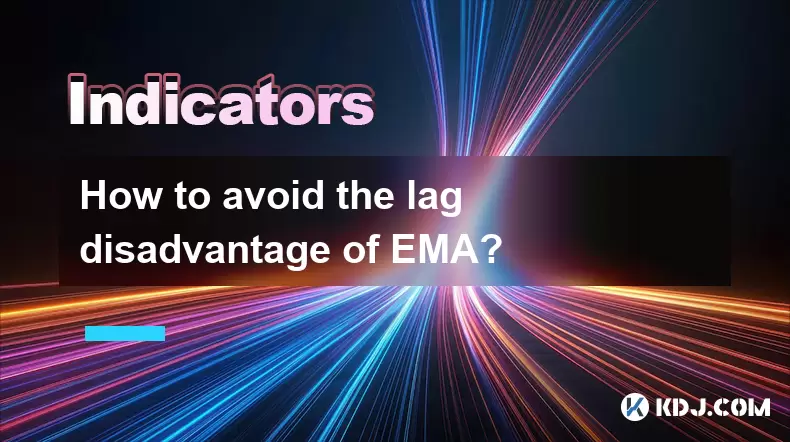
The Exponential Moving Average (EMA) is a widely used technical indicator in the cryptocurrency trading world, valued for its ability to give more weight to recent price data. However, one of the significant drawbacks of using the EMA is the lag disadvantage, which can result in delayed signals and missed trading opportunities. In this article, we will explore various strategies to mitigate the lag disadvantage of EMA and enhance your trading performance in the crypto market.
Understanding the Lag in EMA
The lag in EMA occurs because, despite giving more weight to recent prices, the indicator still incorporates historical data. This means that the EMA will not react instantaneously to price changes, leading to a delay in signal generation. For traders looking to capitalize on quick market movements, this lag can be a significant disadvantage.
To understand this better, consider that the EMA formula involves a smoothing factor (α), which determines the degree of weighting decrease. The formula for an EMA is:
[ EMA_t = \alpha \cdot Pricet + (1 - \alpha) \cdot EMA{t-1} ]
where ( \alpha = \frac{2}{N+1} ), and N is the number of periods. The smaller the value of N, the more responsive the EMA is to recent price changes, but it still inherently includes a lag due to the nature of the calculation.
Using Shorter EMA Periods
One of the most straightforward methods to reduce the lag in EMA is to use shorter EMA periods. By choosing a smaller number of periods, the EMA becomes more sensitive to recent price movements, thus reducing the lag.
For instance, instead of using a 20-day EMA, you might opt for a 10-day or even a 5-day EMA. Here's how you can adjust the EMA period on a typical trading platform:
- Open your trading platform and navigate to the indicators section.
- Select the EMA indicator and enter the desired period (e.g., 5, 10).
- Apply the indicator to your chart and observe how it reacts more quickly to price changes.
However, keep in mind that while shorter periods reduce lag, they also increase the noise in the data, which can lead to false signals. Balancing sensitivity with reliability is crucial.
Combining EMA with Other Indicators
Another effective way to mitigate the lag disadvantage of EMA is to combine it with other technical indicators. By using multiple indicators, you can cross-verify signals and reduce the impact of any single indicator's lag.
Some popular indicators to combine with EMA include:
- Relative Strength Index (RSI): The RSI can help confirm overbought or oversold conditions, providing additional context to EMA signals.
- Moving Average Convergence Divergence (MACD): The MACD can offer insights into momentum and trend changes, complementing the EMA's trend-following nature.
- Bollinger Bands: These can help identify volatility and potential breakouts, which can be useful in conjunction with EMA signals.
Here's how you might combine EMA with RSI:
- Add a 10-day EMA to your chart.
- Add an RSI with a period of 14 to your chart.
- Look for instances where the price crosses above the EMA and the RSI is below 30 (indicating oversold conditions). This could be a strong buy signal.
- Conversely, if the price crosses below the EMA and the RSI is above 70 (indicating overbought conditions), it could be a strong sell signal.
Utilizing Multiple EMAs
Using multiple EMAs with different periods can also help mitigate the lag disadvantage. This approach is often referred to as a 'multi-EMA strategy.' By observing the interactions between different EMAs, you can gain more nuanced insights into market trends and reduce the impact of lag on any single EMA.
For example, you might use a combination of a short-term EMA (e.g., 5-day), a medium-term EMA (e.g., 20-day), and a long-term EMA (e.g., 50-day). Here's how you can set this up:
- Add a 5-day EMA to your chart.
- Add a 20-day EMA to your chart.
- Add a 50-day EMA to your chart.
- Observe the crossovers between these EMAs. A bullish signal might occur when the 5-day EMA crosses above both the 20-day and 50-day EMAs. Conversely, a bearish signal might occur when the 5-day EMA crosses below both the 20-day and 50-day EMAs.
This multi-EMA approach can help you capture trends at different time frames and reduce the impact of lag on your trading decisions.
Implementing Real-Time Data Feeds
To further reduce the lag in EMA, consider implementing real-time data feeds into your trading setup. Real-time data ensures that you are working with the most current price information, which can help minimize the delay in your EMA calculations.
Here's how you can set up real-time data feeds on a typical trading platform:
- Ensure your trading platform supports real-time data feeds. Many platforms offer this feature as part of their service.
- Subscribe to a real-time data feed service if necessary. Some platforms may require a separate subscription for real-time data.
- Configure your platform to use the real-time data feed for your charts and indicators.
- Monitor your EMA calculations and observe how they react more quickly to price changes with real-time data.
While real-time data feeds can help reduce lag, they may come with additional costs and require a more robust internet connection to maintain data integrity.
Utilizing Advanced Trading Algorithms
For more sophisticated traders, utilizing advanced trading algorithms can be an effective way to mitigate the lag disadvantage of EMA. These algorithms can process data at a faster rate and adjust EMA calculations dynamically based on market conditions.
Here's how you might implement an advanced trading algorithm that adjusts the EMA period based on market volatility:
- Develop or acquire an algorithm that monitors market volatility using indicators like the Average True Range (ATR).
- Configure the algorithm to adjust the EMA period dynamically. For example, during high volatility, the algorithm might switch to a shorter EMA period to reduce lag.
- Backtest the algorithm using historical data to ensure it performs well under various market conditions.
- Implement the algorithm in a live trading environment and monitor its performance.
Advanced trading algorithms can significantly enhance your ability to mitigate the lag disadvantage of EMA, but they require a deeper understanding of programming and algorithmic trading.
Frequently Asked Questions
Q: Can using a shorter EMA period lead to more false signals?A: Yes, using a shorter EMA period can increase the sensitivity of the indicator, which may result in more false signals due to increased noise in the data. It's essential to balance the reduced lag with the potential for false signals by combining the EMA with other indicators or using multiple EMAs.
Q: Is it necessary to use real-time data feeds to reduce the lag in EMA?A: While real-time data feeds can help reduce lag, they are not strictly necessary. Many traders successfully use EMAs with standard data feeds. However, real-time data can provide an edge, especially in fast-moving markets.
Q: How can I determine the best combination of EMAs for my trading strategy?A: The best combination of EMAs depends on your trading style and the specific cryptocurrency you are trading. Start by experimenting with different combinations (e.g., 5-day, 20-day, 50-day) and backtest them using historical data. Monitor their performance over time and adjust as needed based on market conditions and your trading results.
Q: Are there any risks associated with using advanced trading algorithms to adjust EMA periods?A: Yes, there are risks involved with using advanced trading algorithms. These include the potential for over-optimization, where the algorithm performs well on historical data but poorly in live markets, as well as the complexity and cost of developing and maintaining such algorithms. It's crucial to thoroughly backtest and monitor the performance of any algorithm before using it in live trading.
Disclaimer:info@kdj.com
The information provided is not trading advice. kdj.com does not assume any responsibility for any investments made based on the information provided in this article. Cryptocurrencies are highly volatile and it is highly recommended that you invest with caution after thorough research!
If you believe that the content used on this website infringes your copyright, please contact us immediately (info@kdj.com) and we will delete it promptly.
- BlockDAG, DOGE, HYPE Sponsorship: Crypto Trends Shaping 2025
- 2025-10-01 00:25:13
- Deutsche Börse and Circle: A StableCoin Adoption Powerhouse in Europe
- 2025-10-01 00:25:13
- BlockDAG's Presale Buzz: Is It the Crypto to Watch in October 2025?
- 2025-10-01 00:30:13
- Bitcoin, Crypto, and IQ: When Genius Meets Digital Gold?
- 2025-10-01 00:30:13
- Stablecoins, American Innovation, and Wallet Tokens: The Next Frontier
- 2025-10-01 00:35:12
- NBU, Coins, and Crypto in Ukraine: A New Yorker's Take
- 2025-10-01 00:45:14
Related knowledge
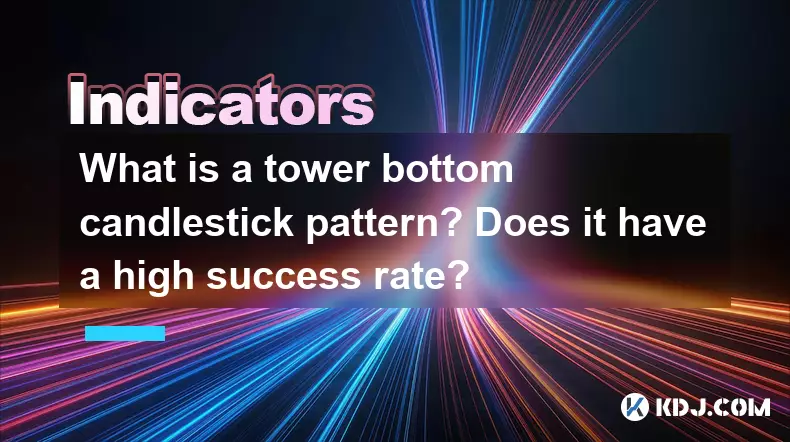
What is a tower bottom candlestick pattern? Does it have a high success rate?
Sep 22,2025 at 07:18am
Tower Bottom Candlestick Pattern Explained1. The tower bottom candlestick pattern is a reversal formation that typically appears at the end of a downt...
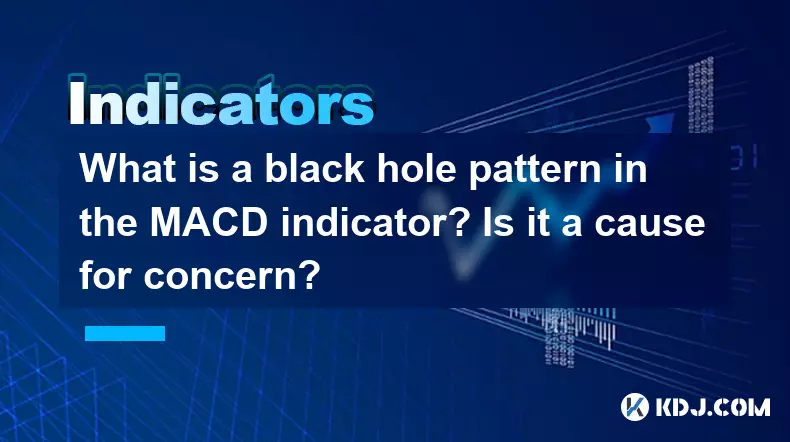
What is a black hole pattern in the MACD indicator? Is it a cause for concern?
Sep 21,2025 at 06:54pm
Bitcoin's Role in Decentralized Finance1. Bitcoin remains the cornerstone of decentralized finance, serving as a benchmark for value and security acro...

How can I use the psychological line (PSY) to determine market sentiment?
Sep 17,2025 at 02:19pm
Understanding the Psychological Line (PSY) in Cryptocurrency TradingThe Psychological Line, commonly referred to as PSY, is a momentum oscillator used...
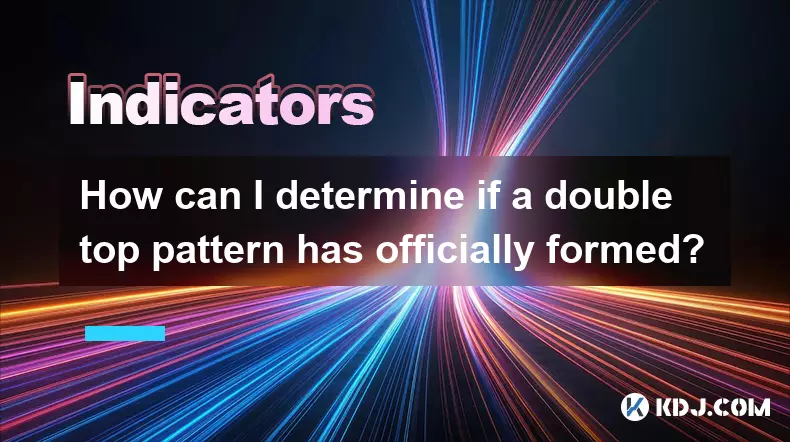
How can I determine if a double top pattern has officially formed?
Sep 21,2025 at 03:18am
Understanding the Structure of a Double Top Pattern1. A double top pattern consists of two distinct peaks that reach approximately the same price leve...
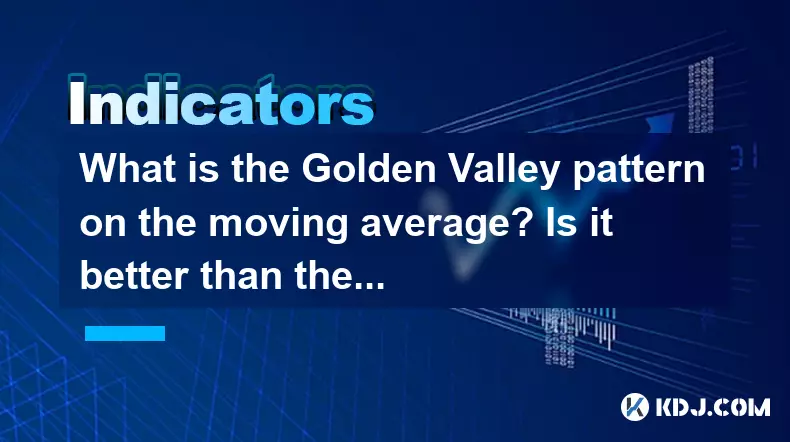
What is the Golden Valley pattern on the moving average? Is it better than the Silver Valley pattern?
Sep 21,2025 at 02:54pm
Understanding the Golden Valley Pattern in Moving Averages1. The Golden Valley pattern is a technical formation observed in cryptocurrency price chart...

What does a death cross of the RSI in the strong zone (above 50) mean?
Sep 17,2025 at 10:54pm
Understanding the Death Cross in RSI Context1. The term 'death cross' is traditionally associated with moving averages, where a short-term average cro...

What is a tower bottom candlestick pattern? Does it have a high success rate?
Sep 22,2025 at 07:18am
Tower Bottom Candlestick Pattern Explained1. The tower bottom candlestick pattern is a reversal formation that typically appears at the end of a downt...

What is a black hole pattern in the MACD indicator? Is it a cause for concern?
Sep 21,2025 at 06:54pm
Bitcoin's Role in Decentralized Finance1. Bitcoin remains the cornerstone of decentralized finance, serving as a benchmark for value and security acro...

How can I use the psychological line (PSY) to determine market sentiment?
Sep 17,2025 at 02:19pm
Understanding the Psychological Line (PSY) in Cryptocurrency TradingThe Psychological Line, commonly referred to as PSY, is a momentum oscillator used...

How can I determine if a double top pattern has officially formed?
Sep 21,2025 at 03:18am
Understanding the Structure of a Double Top Pattern1. A double top pattern consists of two distinct peaks that reach approximately the same price leve...

What is the Golden Valley pattern on the moving average? Is it better than the Silver Valley pattern?
Sep 21,2025 at 02:54pm
Understanding the Golden Valley Pattern in Moving Averages1. The Golden Valley pattern is a technical formation observed in cryptocurrency price chart...

What does a death cross of the RSI in the strong zone (above 50) mean?
Sep 17,2025 at 10:54pm
Understanding the Death Cross in RSI Context1. The term 'death cross' is traditionally associated with moving averages, where a short-term average cro...
See all articles










































































